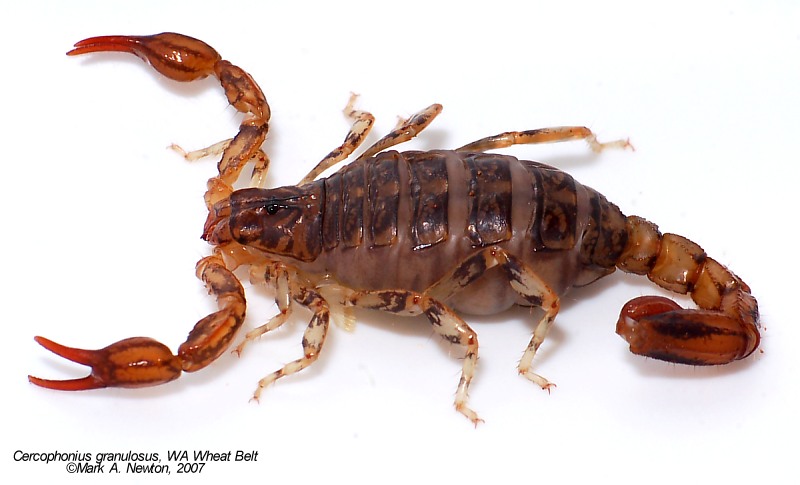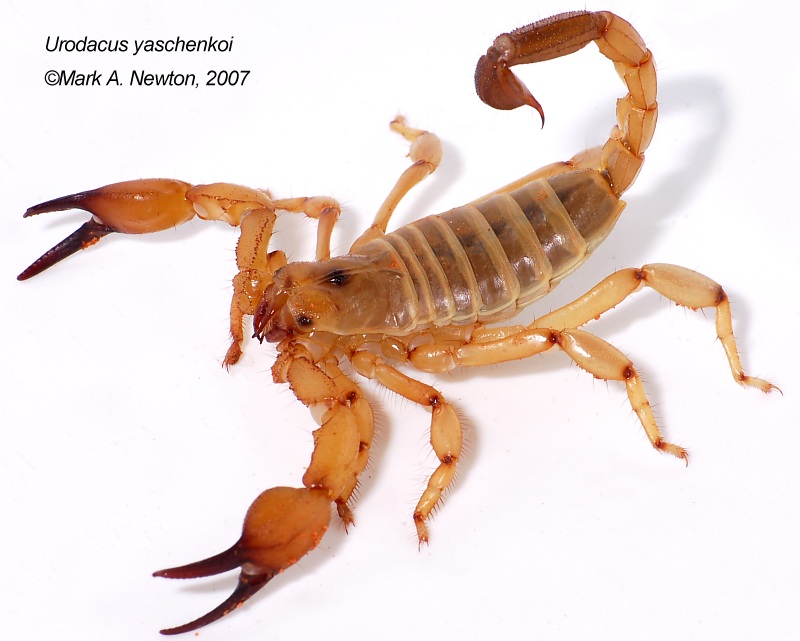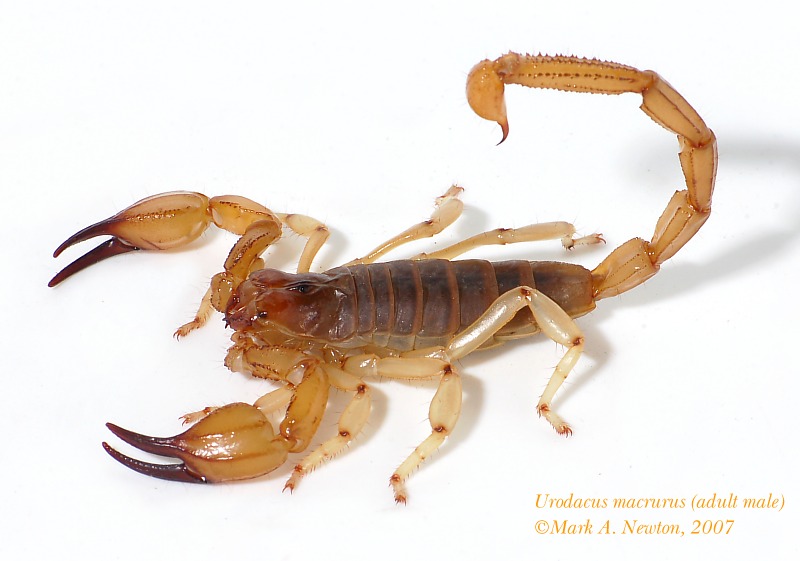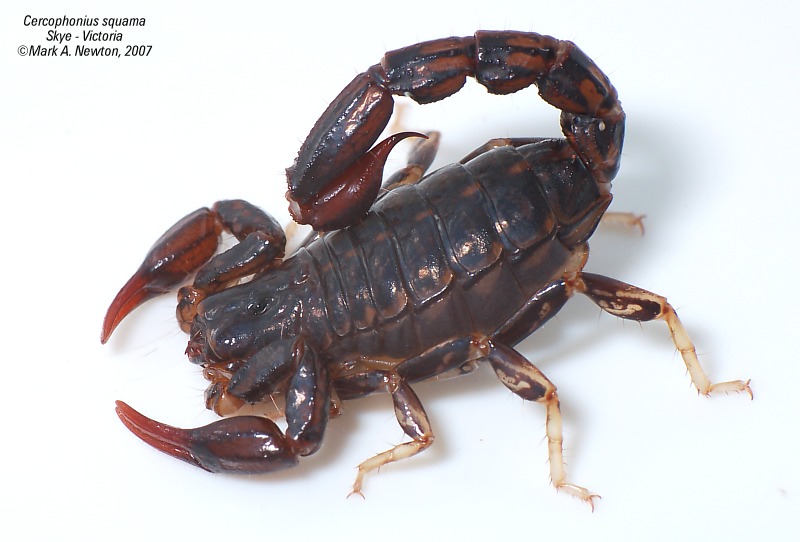|
Got a thin skin? Then look elsewhere. Post a link to an image that you've made, and invite others to offer their critiques. Honesty is encouraged, but please be positive in your constructive criticism. Flaming and just plain nastiness will not be tolerated. Please note that this is not an area for you to showcase your images, nor is this a place for you to show-off where you have been. This is an area for you to post images so that you may share with us a technique that you have mastered, or are trying to master. Typically, no more than about four images should be posted in any one post or thread, and the maximum size of any side of any image should not exceed 950 px.
Moderators: Greg B, Nnnnsic, Geoff, Glen, gstark, Moderators
Forum rules
Please note that image critiquing is a matter of give and take: if you post images for critique, and you then expect to receive criticism, then it is also reasonable, fair and appropriate that, in return, you post your critique of the images of other members here as a matter of courtesy. So please do offer your critique of the images of others; your opinion is important, and will help everyone here enjoy their visit to far greater extent.
Also please note that, unless you state something to the contrary, other members might attempt to repost your image with their own post processing applied. We see this as an acceptable form of critique, but should you prefer that others not modify your work, this is perfectly ok, and you should state this, either within your post, or within your signature.
Images posted here should conform with the general forum guidelines. Image sizes should not exceed 950 pixels along the largest side (height or width) and typically no more than four images per post or thread.
Please also ensure that you have a meaningful location included in your profile. Please refer to the FAQ for details of what "meaningful" is.
 by The Scorpion Man on Fri Nov 07, 2008 2:10 pm by The Scorpion Man on Fri Nov 07, 2008 2:10 pm
Mark Newton
Adelaide, Australia
-

The Scorpion Man
- Newbie
-
- Posts: 21
- Joined: Fri Nov 07, 2008 1:28 pm
- Location: Highbury, South Australia
-
 by surenj on Fri Nov 07, 2008 2:28 pm by surenj on Fri Nov 07, 2008 2:28 pm
You have really well to capture these critters in a perfect white background! I'd be running for cover if I saw one of these. The only suggestion that I could offer would be to soften the light source even further to reduce the amount of hotspots on the scorpions.
Welcome to the forum.
-

surenj
- Senior Member
-
- Posts: 7197
- Joined: Fri Sep 15, 2006 8:21 pm
- Location: Artarmon NSW
 by Mr Darcy on Fri Nov 07, 2008 2:47 pm by Mr Darcy on Fri Nov 07, 2008 2:47 pm
 Perhaps a softbox similar to Abdrew's would help: http://andrewtrevor-jones.com/softbox.htmlGreg
It's easy to be good... when there is nothing else to do
-

Mr Darcy
- Senior Member
-
- Posts: 3414
- Joined: Thu Oct 26, 2006 11:35 pm
- Location: The somewhat singed and blackened Blue Mountains
 by gstark on Fri Nov 07, 2008 3:03 pm by gstark on Fri Nov 07, 2008 3:03 pm
Hi Mark, and welcome.
At what distance - camera to subject - are you shooting these guys? And are they still living when you shoot?
Your use of an old ice cream container to provide a white background is very good, but as others have suggested, it would be good to be able to reduce the hotspots. I'd also like to see the shadows go away.
Do you have access to a second flash? A secondary light source, placed under the subject/background would be very useful in helping to kill the shadows.
You might consider using a second ice cream container over the front of the Metz to act as a diffuser. This would be a quite heavy duty diffuser, and you would need to use a fair bit more power at the head. Given the distances involved, this shouldn't present any problems to the setup you describe.
Have you played with differing flash power settings to permit you to use different lens apertures? That would be my next avenue of exploration: I don't think you're in your lens's sweet spot, and by altering your flash output, you can then vary the aperture to find the optimum aperture that will deliver the highest acuity as well as maximum depth of field.
g.
Gary Stark
Nikon, Canon, Bronica .... stuff
The people who want English to be the official language of the United States are uncomfortable with their leaders being fluent in it - US Pres. Bartlet
-

gstark
- Site Admin
-
- Posts: 22926
- Joined: Thu Aug 05, 2004 11:41 pm
- Location: Bondi, NSW
 by The Scorpion Man on Fri Nov 07, 2008 3:22 pm by The Scorpion Man on Fri Nov 07, 2008 3:22 pm
Thanks folks. I have to say I've always been a little impatient with this and not really gone into any great detail for the ultimate image quality...which sort of goes against my grain a little. I use f22 mainly with the Kiron, its an old manual lens I've had since new, about 22 years now, its suffered from internal lens fungal attack, I've opened it up a couple of times over the years and given it a good clean, the fungus doesnt have much affect unless I stop right down to f32, then it becomes noticeable as the coating damage is smack bag in the centre. I could really do with a better macro lens, but am I going to buy one - probably not.
My working distance is about 200-300mm lens to subject and I hand hold the flash to achieve different lighting. The animals are alive for the greatest portion of the shots and this does pose problems as they tend to run about and therefore I need manual control over the flash to obtain decent lighting. These images are really species shots for ID purposes, they arent intended for any other reason. Can't say I've experimented with larger aperture openings, the DOF drops off too much.
Yes..the hotspots are a bit of a nuisance, scorpions are quite reflective, some species more than others. I have always had 2 Metz flashes, but hated using 2, it always seemed too much of a pain and too many variables, I sold the second Metz a while back. I have the standard diffuser for the Metz which I sometimes use, but it seems to make little difference. I might experiment with different softening methods to see how much I can eliminate the hot spots. Personally I quite like the shadows as it grounds the animal, but I like them softened.
Mark Newton
Adelaide, Australia
-

The Scorpion Man
- Newbie
-
- Posts: 21
- Joined: Fri Nov 07, 2008 1:28 pm
- Location: Highbury, South Australia
-
 by The Scorpion Man on Fri Nov 07, 2008 3:32 pm by The Scorpion Man on Fri Nov 07, 2008 3:32 pm
The epicuticle of the scorpion glows under the influence of UV light at around 350-400nm and maximally at 366nm. I enjoy taking images through the Nikon microscope using UV light sources. The resultant image shows an almost 3-dimensional topography of the cuticle landscape. The brilliant thing is that the visible light produced is the result of chemical interaction with incoming photons, nothing to do with reflection as is normal white light photography. Here I used the standard D50 kit zoom 18-55mm attached to Nikon stereoscopic wide field microscope with 2 x 395nm torches. Zoom is about half way. Exposure varies from 1 or 2 seconds to half, third roughly at near maximum aperture. This is a relatively small scorpion, the carapace here would be about 5mm long. 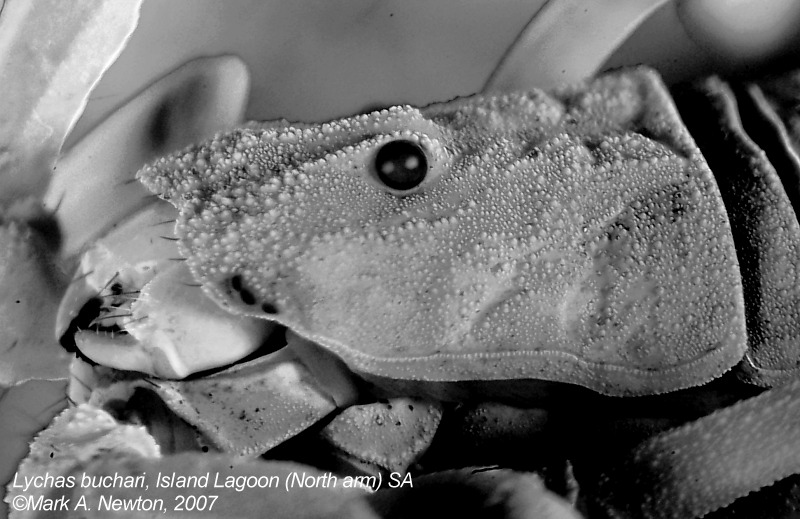 Mark Newton
Adelaide, Australia
-

The Scorpion Man
- Newbie
-
- Posts: 21
- Joined: Fri Nov 07, 2008 1:28 pm
- Location: Highbury, South Australia
-
 by ATJ on Fri Nov 07, 2008 4:29 pm by ATJ on Fri Nov 07, 2008 4:29 pm
Mark, Great shots with a lot of detail. I agree with the others that softening the light would improve the images, even as ID shots. My DIY softbox (that Greg linked) is dead easy to make. I recently made a new smaller one for shots greater than 1:1 and it took me less than an hour to make. The Scorpion Man wrote:The epicuticle of the scorpion glows under the influence of UV light at around 350-400nm and maximally at 366nm.
That sounds like fluorescence. The fluorescent pigments are excited by photons of one wavelength and emit photons of a longer wavelength. There is an even easier way of photographing this than with a microscope and UV light sources. Charlie Mazel from Night Sea sells filters for photographic use. You need two filters, one which goes on the flash which blocks all but short wavelength light and one that goes over the lens of the camera that blocks all but longer wavelength light. The result is that you pretty much only get fluorescence in the photograph. While you won't get much UV light out of the flash, you should still get enough to excite the pigments. Here's an example showing fluorescence in a coral (left is normal light and right is with the filters):  
-

ATJ
- Senior Member
-
- Posts: 3982
- Joined: Fri Feb 18, 2005 10:44 am
- Location: Blue Mountains, NSW
-
 by blacknstormy on Fri Nov 07, 2008 10:54 pm by blacknstormy on Fri Nov 07, 2008 10:54 pm
Hi Mark - wonderful shots !!! I prefer the shadow to be present, otherwise the animal looks like it is 'floating' on the page - but that is just my opinion  Looking forward to more shots - Rel
-

blacknstormy
- Senior Member
-
- Posts: 2745
- Joined: Wed Dec 29, 2004 3:33 pm
- Location: Ipswich Qld
-
Return to Image Reviews and Critiques
|
